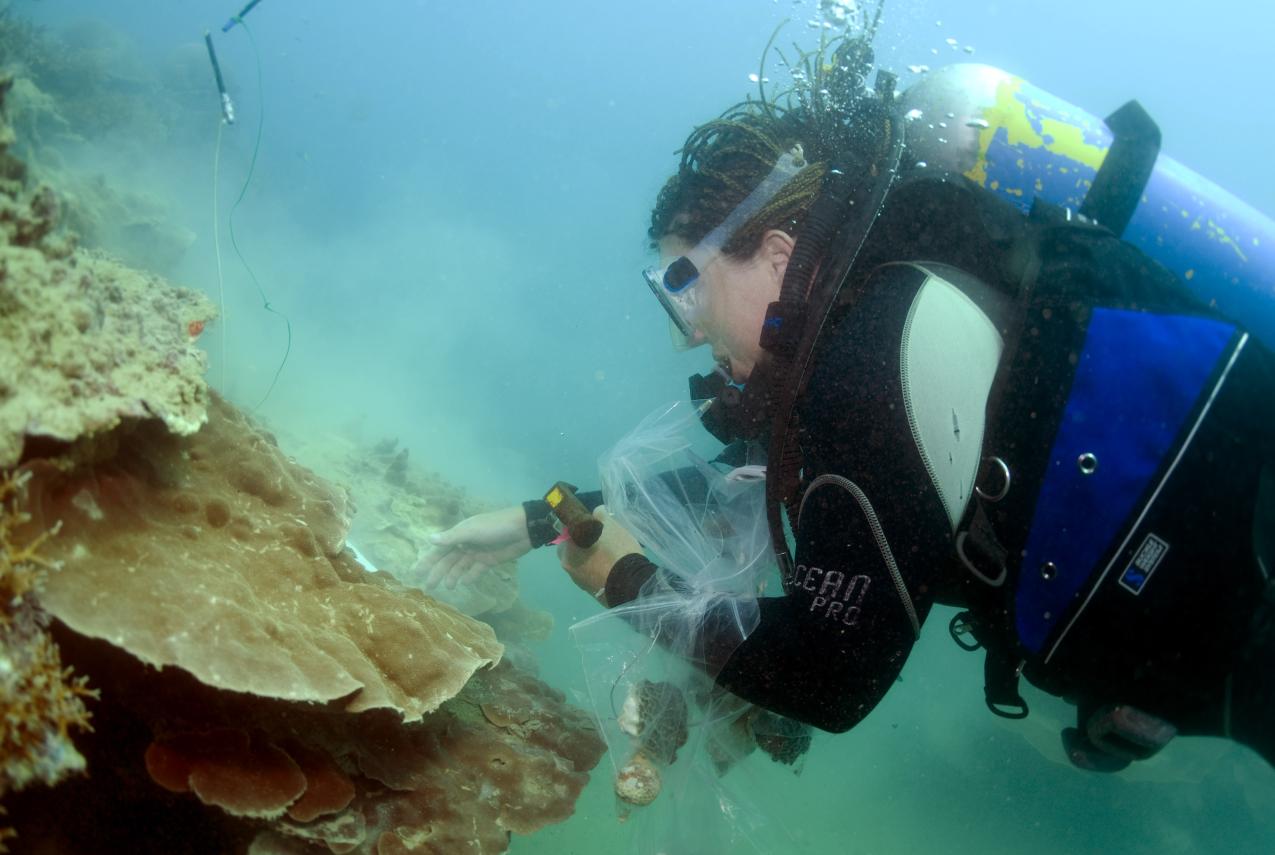- 23 video clips featuring unique marine life of the Kimberley
- The videos are a day by day account of scientists working in the field
- Scientists have collected six species and one genus believed to be new to science
A series of 23 videos clips is providing a rare glimpse of what lies beneath the waters off the remote Kimberley to the north of Cape Leveque, Western Australia.
Tides and Islands: The Kimberley video clips will be released this week on the Western Australian Museum’s website giving the public a first-hand look at the unique marine life of the Kimberley and the type of work typically undertaken during a research survey.
The video snapshots were recorded over a 12 day period as researchers representing the WA Museum, WA Herbarium, Queensland Museum, Australian Museum, Museum Victoria, the Museum and Art Gallery of the Northern Territory and Curtin University surveyed the marine life off the Kimberley coast.
The expedition is the first in a five year study led by the WA Museum and partnered by Woodside, and is a continuation of their previous three year research partnership in the area.
Chief executive officer of the WA Museum Alec Coles said the research being undertaken as part of the Woodside Kimberley study was vital in gaining a greater understanding of Australia’s oceans.
“Western Australia has an incredible, unique marine environment of which we only know a fraction. This research is enabling scientists and researchers around the world, as well as local government and industry, to understand more about our oceans and to assess the conservation importance and management of the region,” Mr Coles said.
The survey collected data on Kimberley marine life including sponges, corals, marine plants, worms, crustaceans, molluscs, echinoderms and fishes with the specimens forming part of the Woodside Collection - Kimberley research 2008 – 2015, which is housed at the WA Museum.
Over 800 species were documented with six possibly new to science, including a seaweed affectionately named Rasta seaweed due to its Rastafarian appearance, a sap sucking slug, and a new genus of marine algae.
In addition to documenting and collecting specimens, research staff from Curtin University collected water samples and data providing vital information the water quality of the region.
Mr Coles said he was continually impressed at the rate at which scientists and researchers were discovering new species in Western Australia.
“Discovering a possible new species is such a thrill and it is wonderful these moments have been captured on video and can be shared with the world,” Mr Coles said.
The researchers will conduct the next round of surveys in the Kimberley in 2012. At the end of the five year project they will have documented 180 locations along the Kimberley coast incorporating eight fields of research, including water quality and habitat analysis.
The specimens and DNA samples from the field trip will now undergo scientific analysis, with the results published and freely available at the end of the project.
The WA Museum’s Tides and Islands: The Kimberley videos can be viewed at www.museum.wa.gov.au/kimberley
Fact file
- 23 videos documenting a 12 day research project in the Kimberley www.museum.wa.gov.au/kimberley
- Six possible new species including a sap sucking slug, a soft coral, an algae, new crustaceans and worms and a new genus of seaweed.
Renae Woodhams
Western Australian Museum
9212 3843
0435 342 247
renae.woodhams@museum.wa.gov.au
